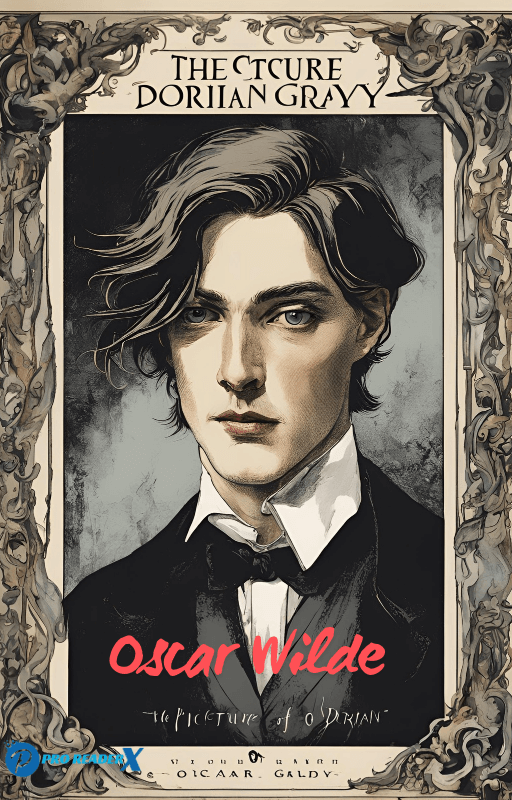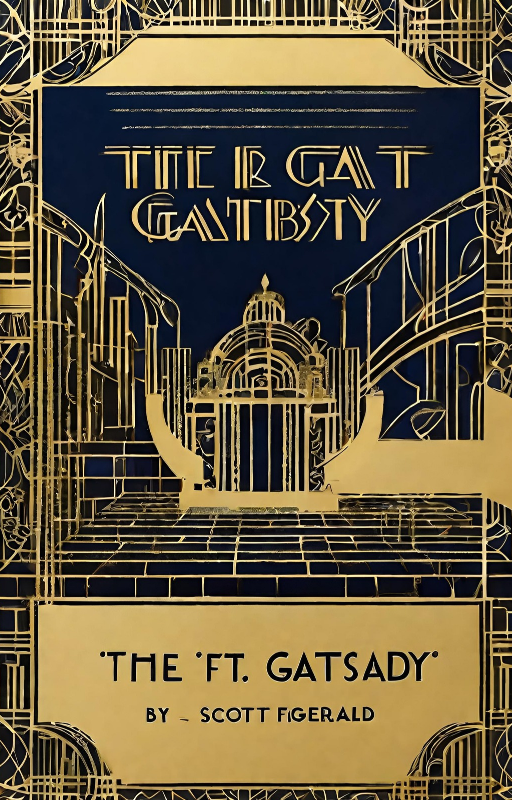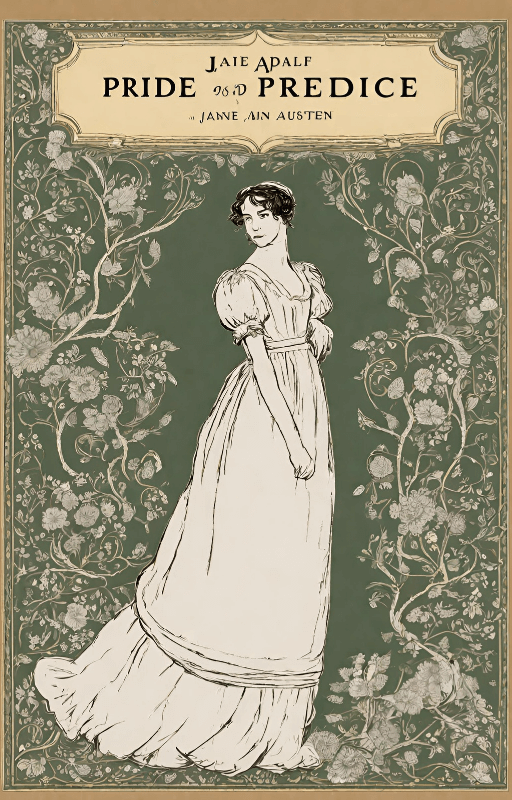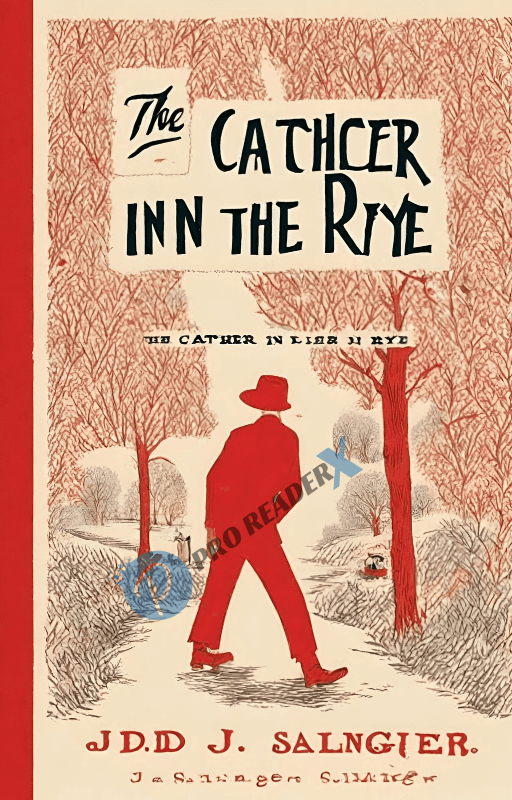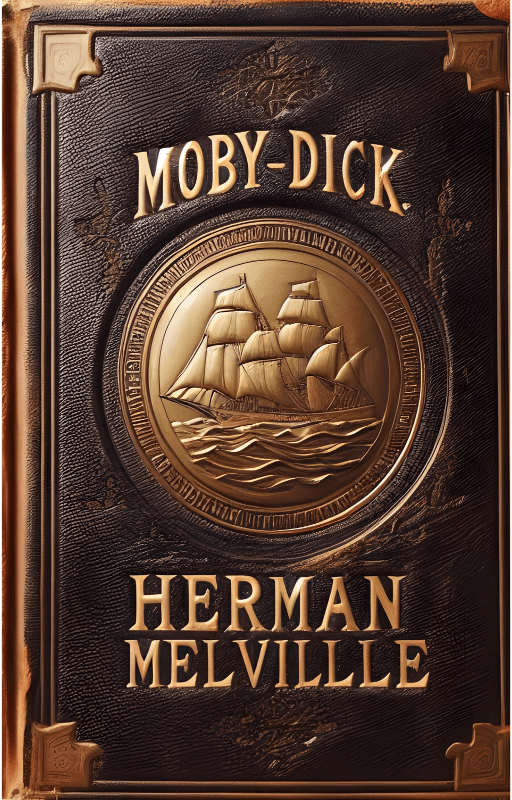Introduction to The Picture of Dorian Gray
Oscar Wilde’s “The Picture of Dorian Gray” is an absorbing story about moral decay, vanity, and the pursuit of perpetual youth. This novel, Wilde’s only one, superbly depicts a young man’s demise due to his fixation with his attractiveness and the influence of a corrupting companion. Wilde examines the duality of human nature and the effects of leading a hedonistic life in an exciting story. Are you prepared to dive in? Let us investigate Dorian Gray’s fascinating universe.
The Story of Dorian Gray Begins
Meet the Characters Analysis
Dorian Gray
Our main character, Dorian Gray, is a highly appealing young man. At first, he is naive, susceptible, and ignorant of the influence his attractiveness might have. His life experiences a dramatic turn when he meets two influential men.
Basil Hallward
Basil Hallward is an artist who falls in love with Dorian’s beauty. Dorian is his muse, and he captures the essence of his youth in a stunning portrait he paints. Basil has an almost respectful, genuine admiration for Dorian.
Henry Wotton, Lord
He presents Basil’s friend, the charming but morally problematic aristocrat Lord Henry Wotton. Henry starts to impact Dorian significantly, pushing him to lead a life filled with excess and vice. Henry’s philosophy of life is one of complete self-gratification, with no regard for morality or consequences.
The Portrait and Its Consequences
The Creation of the Portrait
Basil Hallward paints a portrait of Dorian Gray, capturing his exceptional beauty. The painting is a mere representation and almost a reflection of Dorian’s soul. Basil is proud of his masterpiece, unaware of the impact it will have.
The Sinister Wish
Upon seeing the finished portrait, Dorian makes a reckless wish: to remain young and beautiful forever while the portrait ages instead. This wish, made in the heat of the moment, becomes the turning point of his life. Dorian’s wish is mysteriously granted, and the portrait begins to bear the signs of his age and sins.
Dorian’s Descent into Hedonism
Influence of Lord Henry
Under Lord Henry’s influence, Dorian starts exploring a lifestyle of excess and decadence. Henry’s cynical and often amoral views on life captivate Dorian, pushing him to pursue every pleasure and vice without restraint.
Indulgence and Corruption
Dorian delves into a world of opulence, engaging in numerous sinful and selfish acts. As he indulges in every conceivable vice, his portrait becomes increasingly grotesque, reflecting the Corruption of his soul, while his outward appearance remains youthful and untouched.
The Turning Points
Sybil Vane’s Tragic End
Dorian falls in love with Sybil Vane, a talented young actress. However, Dorian cruelly rejects her when she performs poorly due to her overwhelming love for him. Devastated, Sybil commits suicide. This tragedy marks a significant turning point in Dorian’s life, and his portrait shows signs of cruelty and heartlessness.
The Change in the Portrait
After Sybil’s death, Dorian notices a change in the portrait. His once beautiful face now has a hint of cruelty. Realizing his wish has come true, Dorian locks the portrait away, using it as a private record of his moral decline.
The Unraveling
The Double Life of Dorian Gray
Dorian leads a double life: outwardly charming and respectable while secretly indulging in a lifestyle of vice and Corruption. His actions grow increasingly reprehensible, but he remains free from any visible consequence, his youthful appearance never changing.
The Death of Basil Hallward
Basil, disturbed by rumours of Dorian’s scandalous behaviour, confronts him. In rage and panic, Dorian shows Basil the now-hideous portrait. Basil is horrified and begs Dorian to repent. Instead, Dorian murders Basil to keep his secret safe. This act further degrades his portrait and his soul.
The Final Downfall
The Confrontation with James Vane
Sybil Vane’s brother, James, seeks revenge for his sister’s death. He tracks down Dorian but is confused by his ageless appearance. James eventually recognizes Dorian and attempts to kill him, but fate intervenes, and James dies in a tragic accident. This close encounter with death shakes Dorian but does not redeem him.
The Ultimate Consequence
Consumed by guilt and paranoia, Dorian destroys the portrait, hoping to free himself from its curse. In a dramatic climax, he stabs the painting. However, the act of destruction reverses the wish. Dorian is found dead, aged and disfigured, while the portrait returns to its original, beautiful state.
Themes and Symbolism
The Nature of Beauty and Art
Wilde’s novel delves into the transient nature of beauty and the eternal nature of art. Dorian’s outward beauty masks his inner Corruption, while the portrait, a piece of art, represents his soul. The book raises questions about the value society places on physical appearance and the superficial judgments it often leads to.
The Corruption of the Soul
The portrait serves as a metaphor for Dorian’s soul, revealing the consequences of a life led by hedonistic and amoral pursuits. Wilde suggests that while beauty and youth are fleeting, the impact of our actions on our souls is lasting and irreversible.
Conclusion
“The Picture of Dorian Gray” is a haunting exploration of vanity, moral decay, and the duality of human nature. Wilde masterfully illustrates how a life devoted to self-indulgence and aestheticism can lead to one’s ultimate ruin. Dorian Gray’s story is a cautionary tale about the perils of placing too much importance on external beauty and neglecting the inner self. So, next time you gaze into a mirror, remember that true beauty lies within.
FAQs
Q1: What is the central message of “The Picture of Dorian Gray”?
A1: The novel explores themes of vanity, moral Corruption, and the duality of human nature. It is a cautionary tale about the dangers of a hedonistic life focused solely on external beauty.
Q2: How does Dorian Gray change throughout the novel?
A2: Dorian transforms from an innocent and beautiful young man into a corrupt and morally bankrupt individual, influenced by Lord Henry and his hedonistic desires. His portrait reflects the degradation of his soul.
Q3: What role does the portrait play in the story?
A3: The portrait acts as a supernatural element that bears the consequences of Dorian’s actions, ageing and becoming grotesque as Dorian remains youthful. It symbolizes the state of his soul.
Q4: Why does Dorian Gray destroy the portrait?
A4: Dorian destroys the portrait to free himself from its curse and the guilt it represents. However, this act leads to his death, as the wish is reversed, revealing his age and Corruption.
Q5: How does “The Picture of Dorian Gray” reflect Oscar Wilde’s views on aesthetics and morality?
A5: Wilde uses the novel to critique the aesthetic movement’s emphasis on beauty and art for art’s sake, illustrating the potential moral consequences of such a philosophy.
